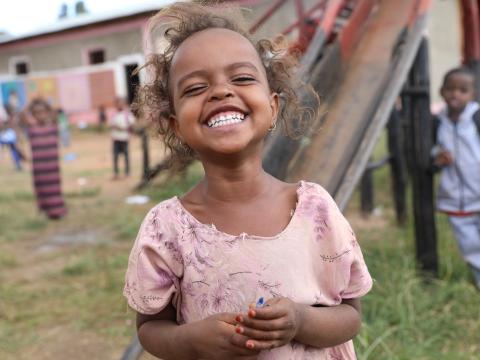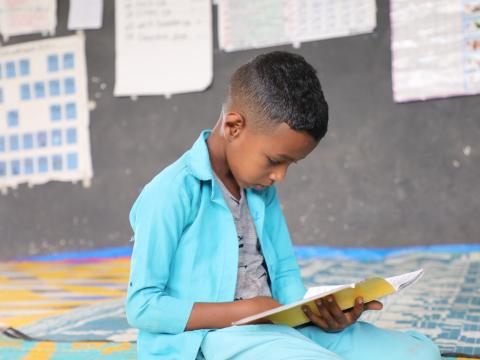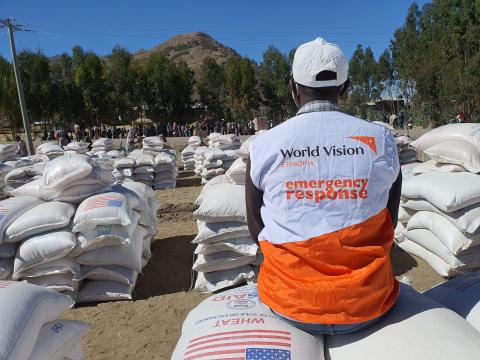
Child Protection
The Child Protection and Participation (CPP) technical Programme is dedicated to enhancing the protection of boys and girls from abuse, neglect, exploitation, and all forms of violence. In

Education
Starting Education Early for Children has a huge positive impact on children's learning.
World Vision Ethiopia's contribution to education dates back to the early 1970s when the organisation started

Humanitarian and Emergency Affairs
The Humanitarian Emergency Affairs (HEA) department is leading humanitarian responses across 10 regions in Ethiopia, addressing the needs of the most vulnerable children and communities. Through
Water, Sanitation and Hygiene (WASH)
Access to WASH is crucial as it directly impacts health, economic development, education, and environmental sustainability by preventing disease, improving quality of life, and fostering healthier
Livelihood and Resilience
The Integrated Livelihoods and Nutrition Security Technical Programme (ILaNS TP) aims to address community food and nutrition insecurity by combining interdependent programmes such as Resilient